- Monday By Appointment
- Tuesday 9:00 am - 5:30 pm
- Wednesday 9:00 am - 5:30 pm
- Thursday 9:00 am - 5:30 pm
- Friday 9:00 am - 5:30 pm
- Saturday 10:00 am - 2:00 pm
- Sunday Closed
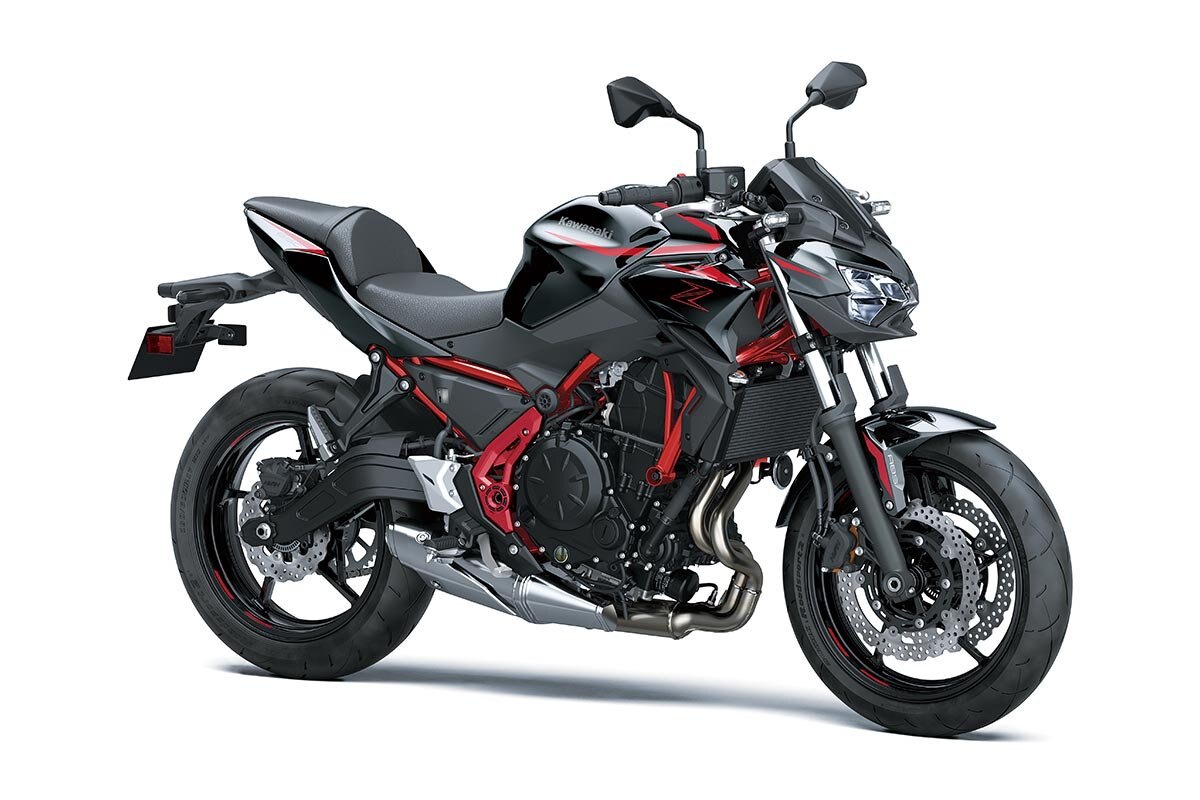
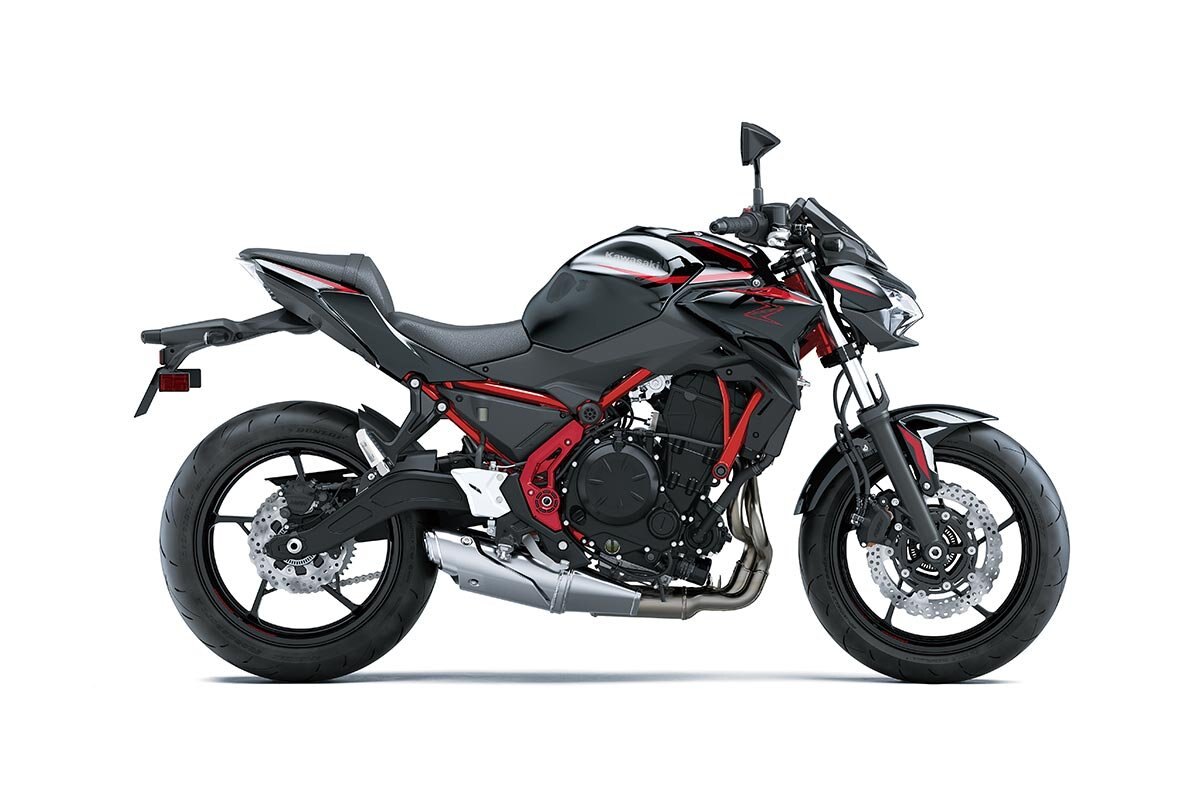
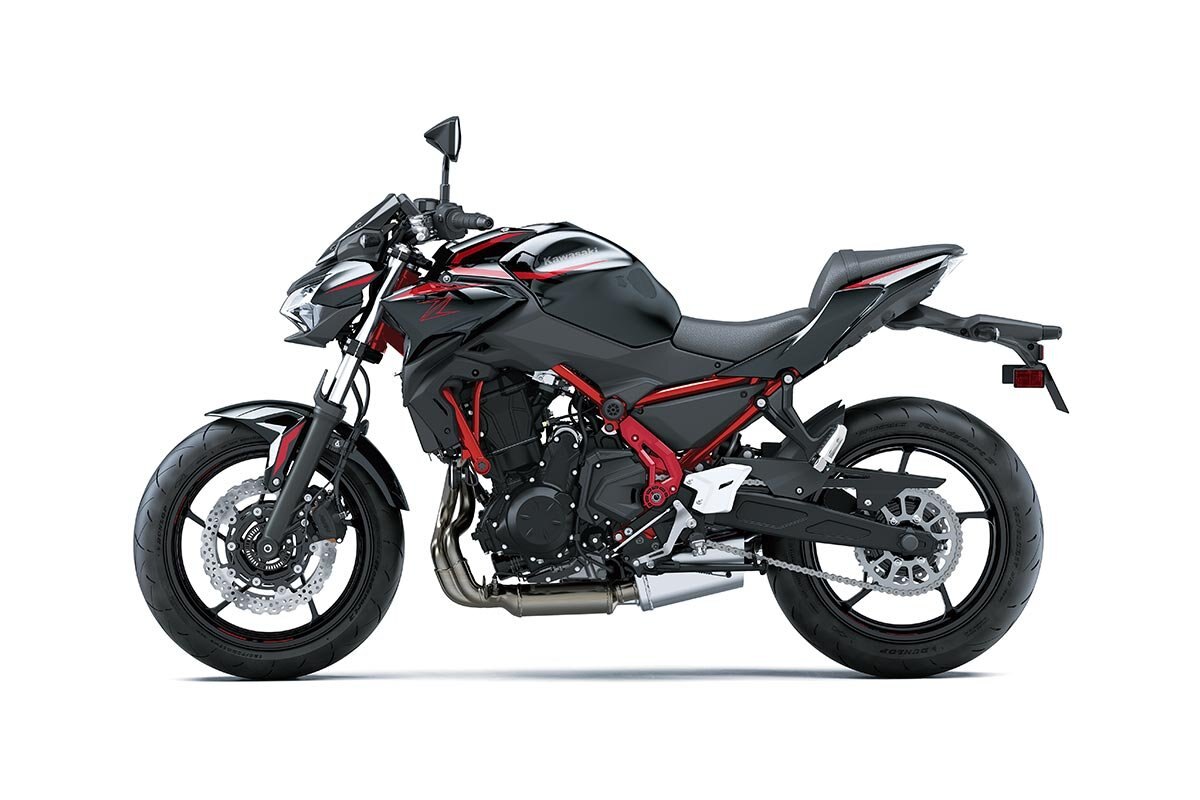
2025 Kawasaki Z650 ABS Metallic Spark Black / Red
| Striking Sugomi styling, easy control and accessible power invoke the Kawasaki Z spirit. Kawasaki TRaction Control (KTRC), LED lights and a TFT display deliver the newest tech. The Z650 will energize your senses and inspire your every ride. |
FEATURING:
|
ADDITIONAL VEHICLE FEATURES:
|
Engine Management Technology
ASSIST & SLIPPER CLUTCH
|
|
|
|
SMARTPHONE CONNECTIVITY
Clever technology enables riders to connect to their motorcycle wirelessly. Using the smartphone application “RIDEOLOGY THE APP,” a number of instrument functions can be accessed, contributing to an enhanced motorcycling experience. Vehicle information (such as the odometer, fuel gauge, maintenance schedule, etc) can be viewed on the smartphone. Riding logs (varies by model, but may include GPS route, gear position, rpm, and other information) can be viewed on the smartphone. When connected, telephone (call, mail) notices are displayed on the instrument panel. Riders can also make changes to their motorcycle’s instrument display settings (preferred units, clock and date setting, etc) via the smartphone. And on certain models, it is even possible to check and adjust vehicle settings (such as Rider Mode, electronic rider support features, and payload settings) using the smartphone. |
Chassis Management TechnologyABS (ANTI-LOCK BRAKE SYSTEM)Kawasaki ABS systems use front and rear wheel sensors to constantly monitor wheel speed. Should information from either of the sensors indicate that wheel lock has occurred, the ABS ECU directs the pump in the ABS unit to modulate brake fluid pressure (releasing and reapplying pressure so that traction can be regained) until normal operation resumes. ABS offers rider reassurance that contributes to greater riding enjoyment. |
|
Request More Info
QUICK LINKS
HOME New Inventory Used Inventory NRC Engine Covers New Kawasaki Motorcycles Finance Center Parts Department Service DepartmentOnline Shopping Policy
Privacy Policy Return Policy Sales Tax Application Shipping and Delivery Information Terms and ConditionsHOURS
monday
By Appointment
tuesday to friday
9:00 am - 5:30 pm
saturday
10:00 am - 2:00 pm
sunday
Closed
| Monday | By Appointment |
| Tuesday - Friday | 9:00 am - 5:30 pm |
| Saturday | 10:00 am - 2:00 pm |
| Sunday | Closed |




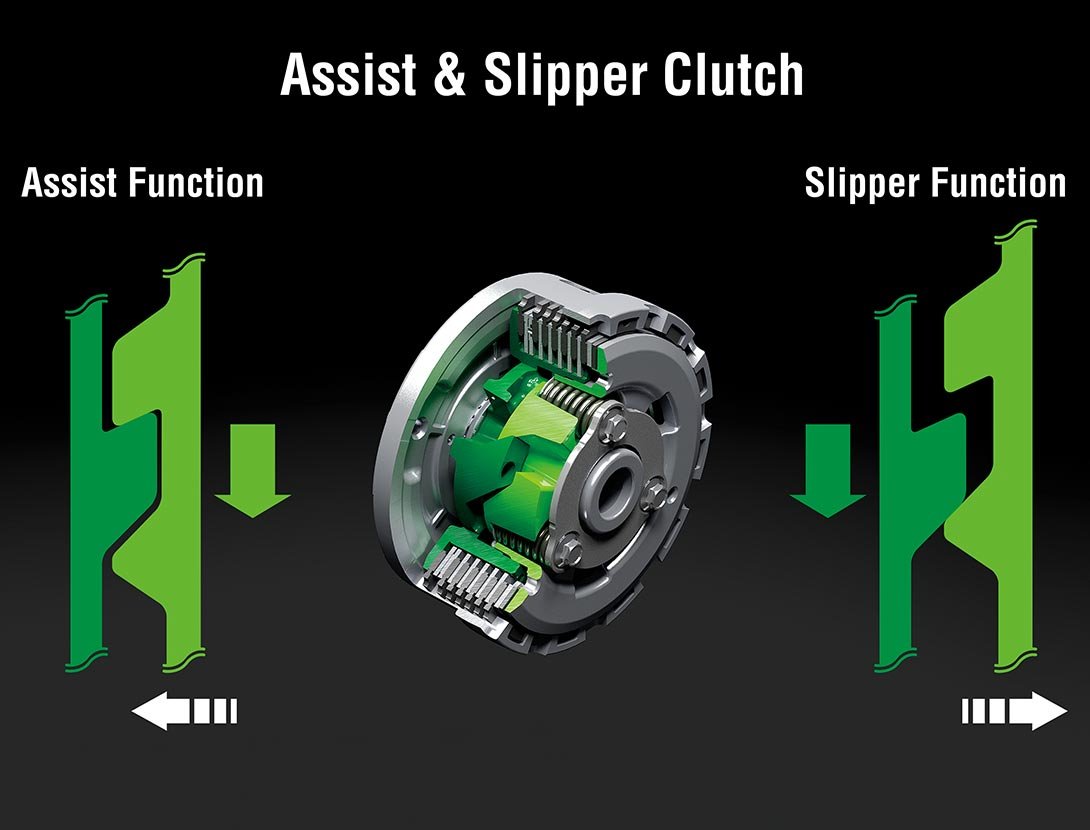
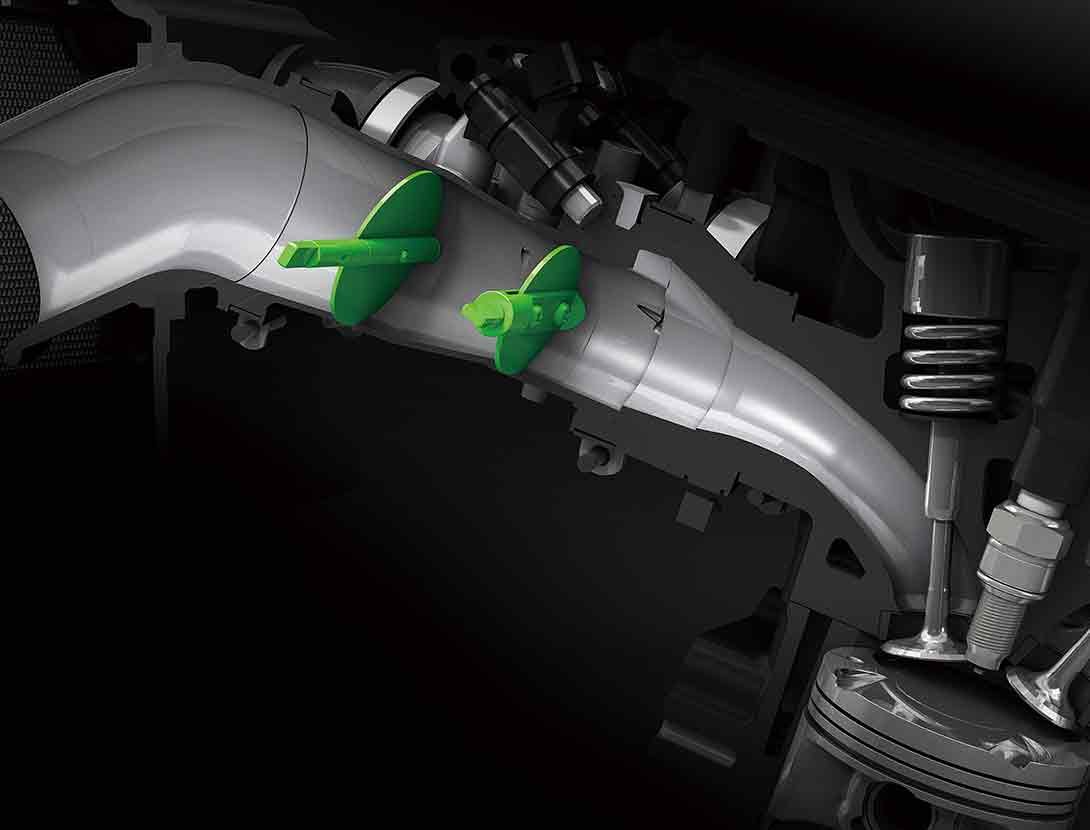 Dual Throttle Valves
Dual Throttle Valves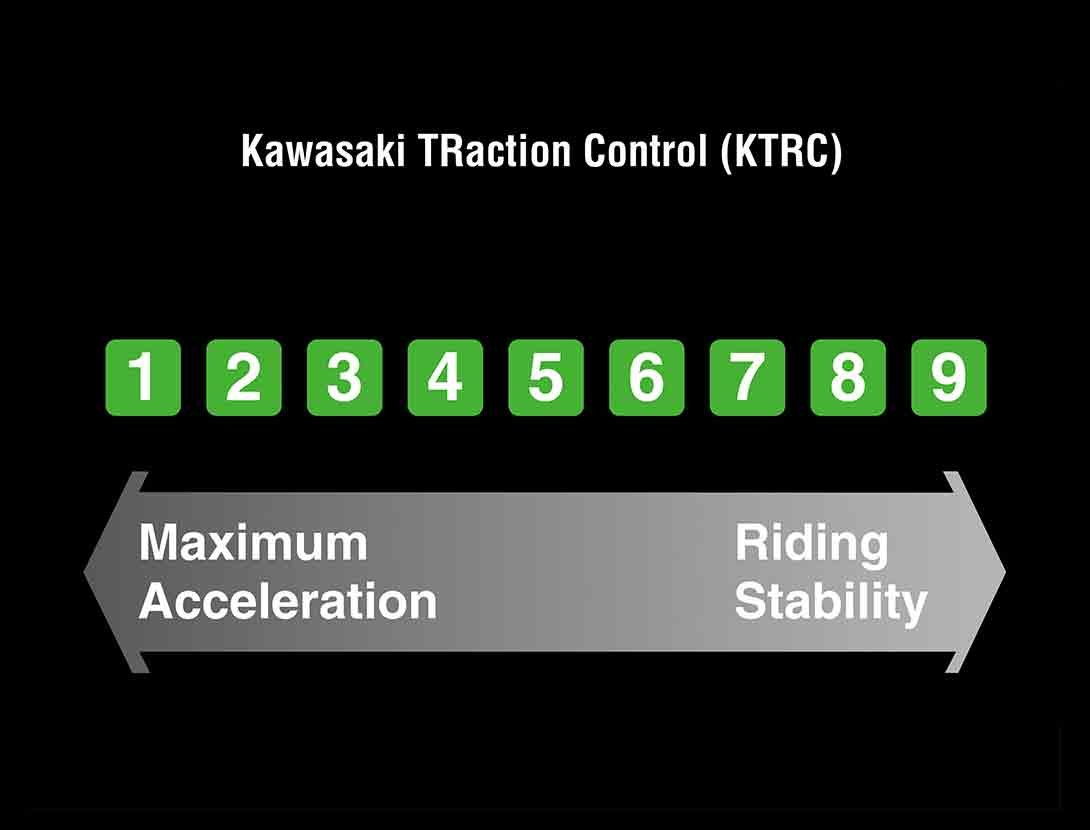 KTRC (KAWASAKI TRACTION CONTROL)
KTRC (KAWASAKI TRACTION CONTROL)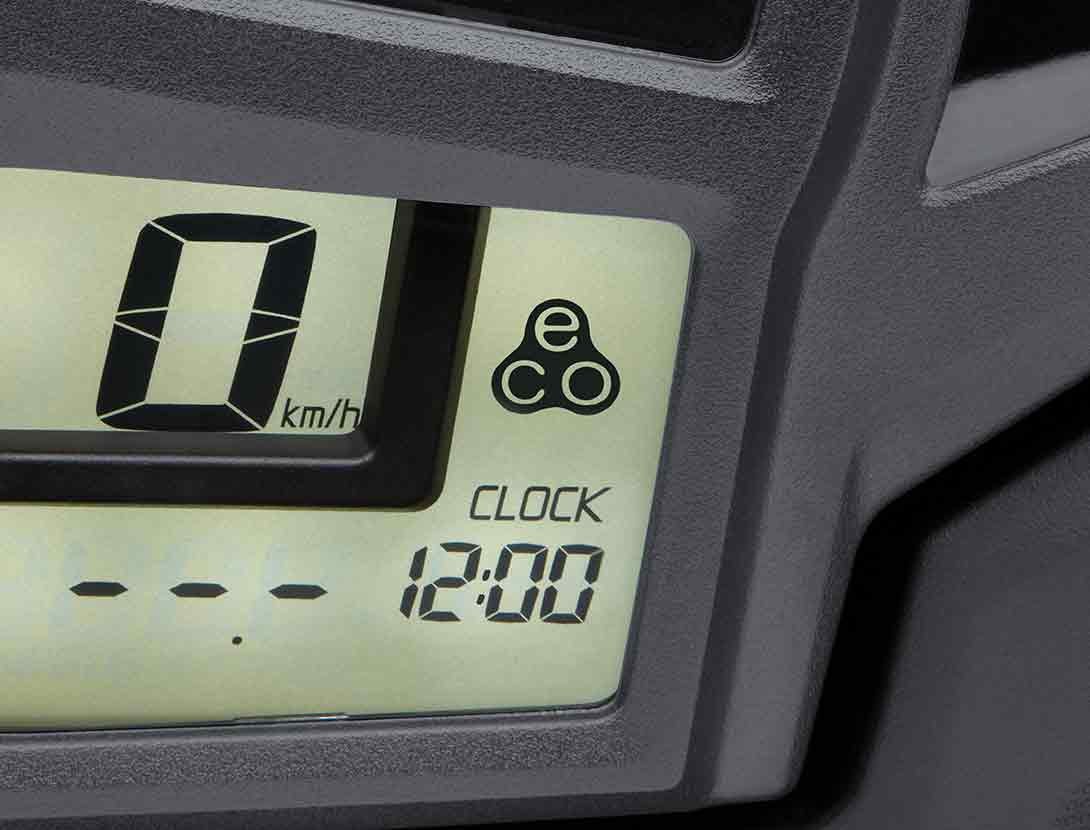 ECONOMICAL RIDING INDICATOR
ECONOMICAL RIDING INDICATOR
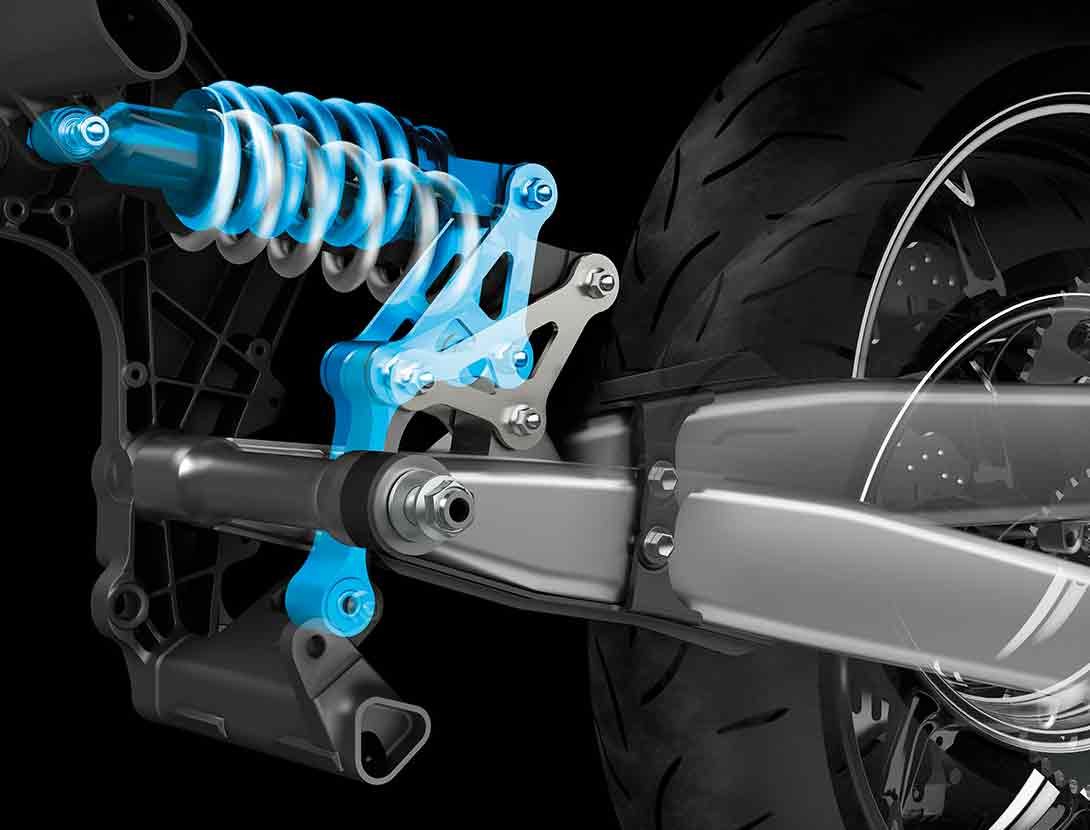 HORIZONTAL BACK-LINK REAR SUSPENSION
HORIZONTAL BACK-LINK REAR SUSPENSION